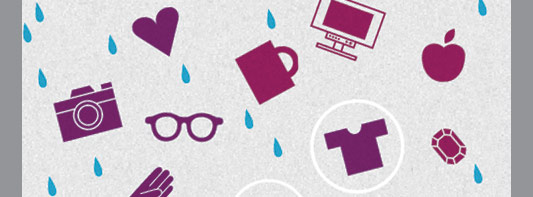BUCKLE UP.
Whether the recession is behind us or is still hanging on is up for debate. The financial uncertainty that began for most companies in the latter part of 2008 made “doing more with less” the mantra of most marketers in 2009. The silver lining in the recent economic downturn is that it forced many companies to create measurement systems to flush waste out of their marketing models.
The bad news is, much of the spending scrutiny arising from the recent recession continues to focus on the tactics of how and where to advertise. A million and one articles have been written about the evolution from traditional to digital advertising, but whether you are talking about a print ad versus an online banner ad, a Yellow Page ad versus a Google search result or a direct mail piece versus an email message, it is advertising. And advertising is priced based on maximizing reach. Proper targeting techniques can greatly reduce waste, but there will always be advertising impressions that fall on eyes and ears that do not respond to the message, no matter what the frequency.
In addition to some level of built-in inefficiency, the classic “interruption model” in which advertising is the price the consumer must pay to view desired content will continue to erode for several reasons:
a
The consumer has too much control over their media environment for marketers to continue to push unwanted advertising — thereby increasing waste.
b
Low-cost digital distribution has made it easy for consumers to generate vast amounts of free content, as well as for several paid content models to emerge (neither are supported by advertising).
c
It is estimated that the average individual in the United States receives almost 7,000 marketing messages a day, or simply too much information for anyone to pay attention to, adding more waste to the advertising model.
Consumers have spoken. They will be receptive to marketing messages personalized to reflect what they have searched for, watched, read, purchased, experienced or shared and they want information contextualized – meaning where they choose to receive information must dictate its content and format. Even searching the Web is getting to be a chore for many consumers. They want tracking and alerting based on their preferences.
Most marketers have figured out the incredible value that participatory marketing (earned media via consumer-to-consumer communications) and two-way real-time communications with consumers can bring to their brand. The greater adjustment for models built on a heavy advertising budget is the trade-off from attempting to reach every conceivable person in a potential market, to creating deeper engagement with a smaller set of consumers and targeting only their most receptive prospects.
The successful marketing model in this transition will both incorporate paid advertising (created in a way that is less perceived as advertising and more perceived as welcome content by the consumer) and creating internal staffing and structures to support earned media.
The good news is, this approach will further drive unnecessary costs from marketing expenditures.



